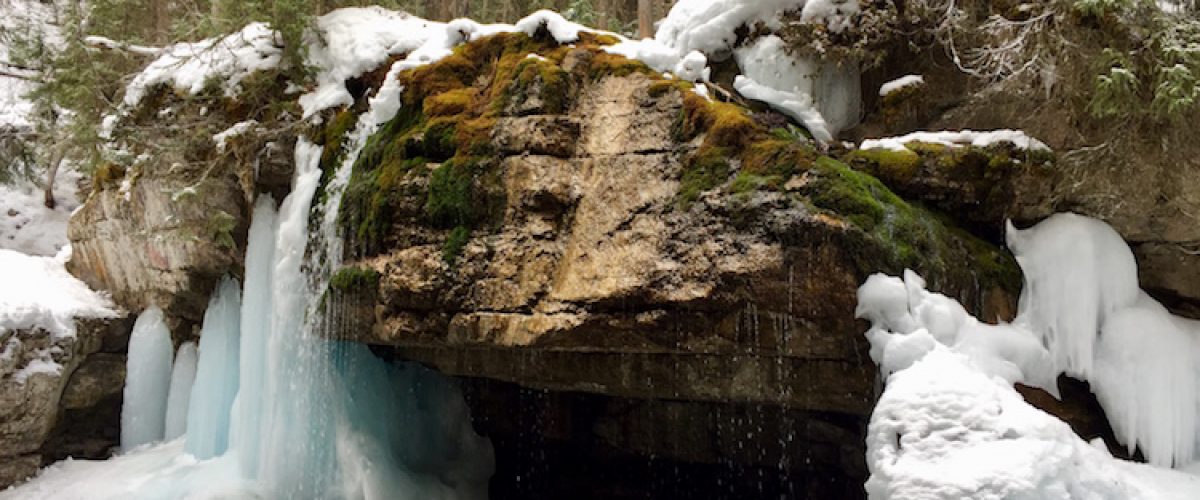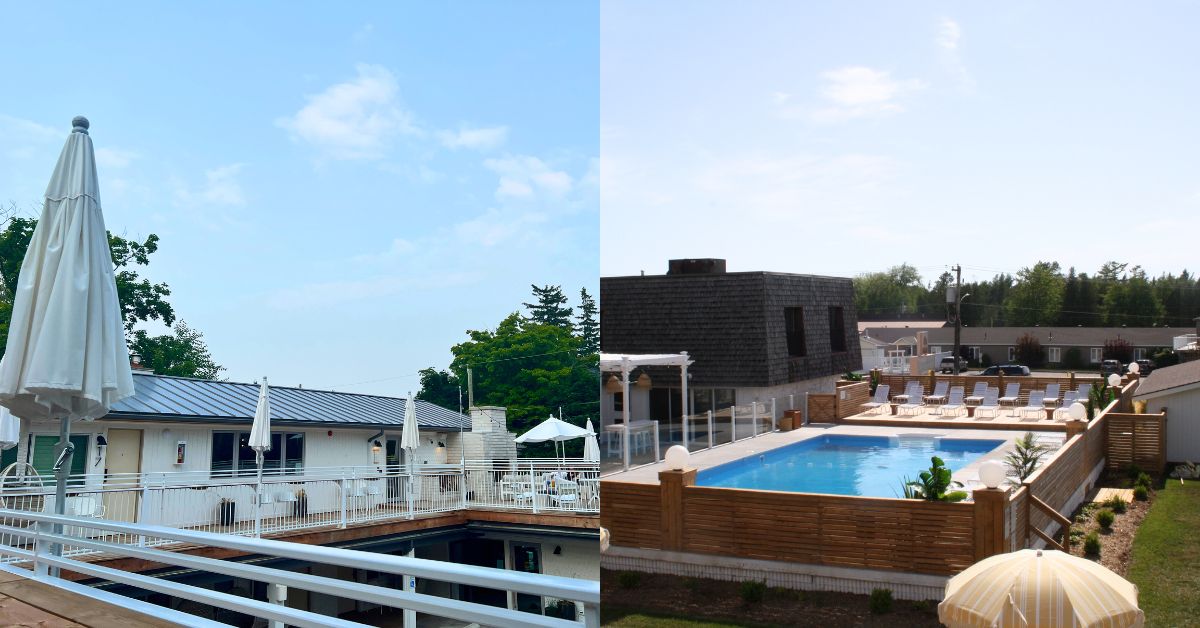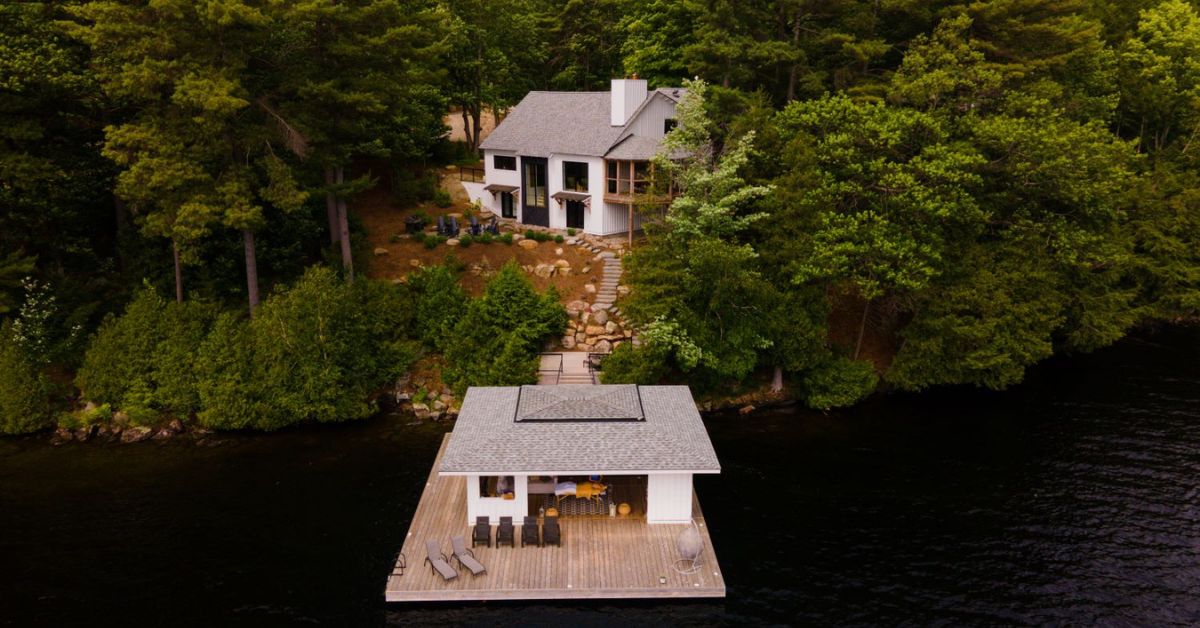While we might be a week into spring, there is a winter wonderland hidden in Jasper National
Park’s deepest canyon. Maligne Canyon is a 10-minute drive northeast of the town of Jasper,
and exploring its frozen depths is a must-do when in the area during the winter and early-spring
months. Luckily, you still have time to do the ice walk this season if you make it there before the
ice melts in mid-April. Believe me, your Instagram feed will be better for it.
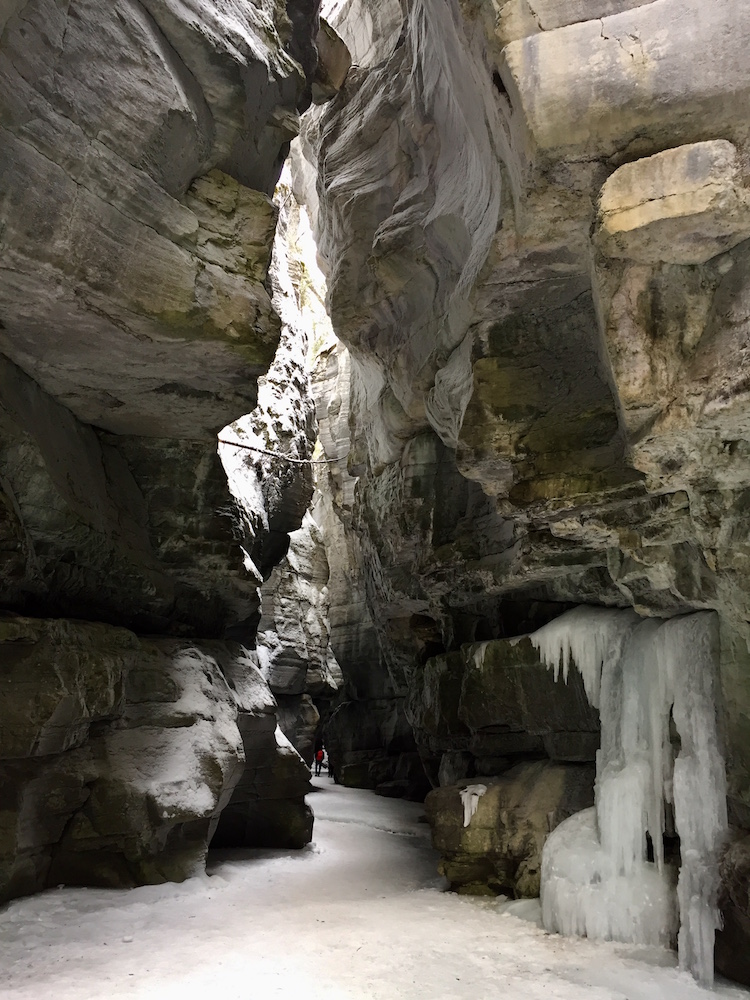
From Jasper, my boyfriend and I took highway 16 North and turned right onto Maligne Lake
Road. We saw dozens of elk with huge sets of antlers feeding on greenery along the roadside.
Maligne Canyon has a few different places to park, identified by bridges (1 through 6). We
started our journey at the Fifth Bridge, which is clearly marked by signage on Maligne Lake
Road. Because it was pretty warm outside (about 4 degrees and sunny), but still very much was
winter conditions, we dressed in layers and brought extra hats and mitts in our backpack. As we
approached the trailhead, we strapped on the crampons we had rented ahead of time.
Crampons are necessary for the icy canyon floor, but we were also thankful we wore them for
our hike to the canyon. While the hike itself is easy, with only a few gradual changes in incline,
the trail was very muddy in some places and the ice was slick in others. Waterproof boots and
crampons made navigating the trail seamless, while we witnessed other less-prepared hikers
ruin their sneakers with mud and slide around on the icy path.
As the trail wound down towards the Maligne River, we walked deeper into the trees. Through a
small break the tree line, we saw a majestic bighorn sheep resting across the river on the cliff’s
edge. We came to the bottom of the trail, and there was a black gate positioned in front of a
beautiful shale waterfall. There was no signage indicating that this was how to access the ice
walk, as the trail was marked for summer hiking rather than winter hiking. However, we saw a
tour group heading through this gate and figured this must be the right way to go. We knew we
must be close because the water that had been rushing through the river during the rest of our
hike suddenly became frozen and snow-packed.
We walked along the frozen river and quickly found what we had come for: Maligne Canyon’s
frozen wonderland. We encountered a few obstacles in the canyon, such as ice that had
created a slide a metre in length that we had to hoist ourselves over; tight, rock crevasses we
had to maneuver our bodies through; and a creek we had to cross by jumping from rock to rock.
With a little bit of teamwork, we easily navigated our way through. The frozen waterfalls, ice
climbers, and hidden caves make Maligne Canyon a photographer’s dream. As you look up past
the canyon’s intricately grooved walls, you can see bridges several meters above you with
hikers looking back down at you. As we stood on the frozen river, it was hard to believe we were
standing where water would be rushing beneath us during the warmer months of the year.
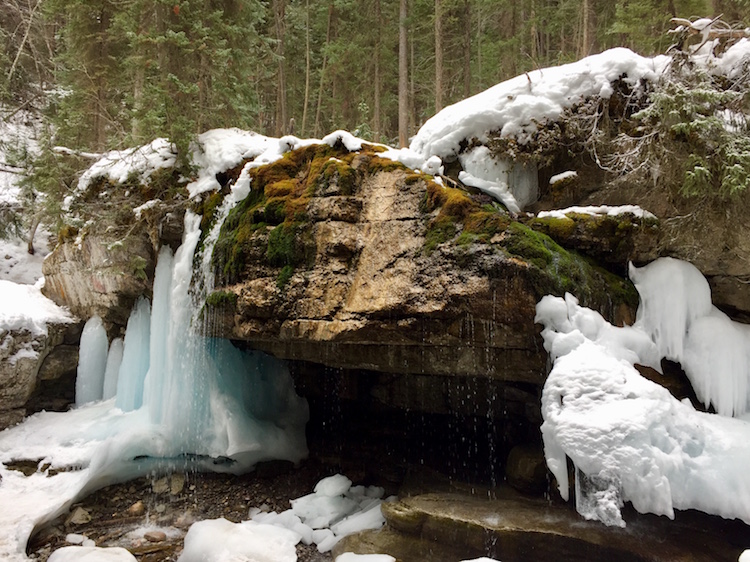
Overall, the hike and the aforementioned obstacles were easy to navigate, thanks to having the
proper gear with us. The hike was about two and a half hours long, keeping in mind we took our
time while exploring the canyon.
A few different tour operators offer a guided tour of the Maligne Canyon ice walk, but if you are
an experienced and prepared winter hiker, there is no reason you wouldn’t be able to conquer
the ice walk on your own. The benefits of using a professional tour guide would be that they can provide you with geological insights, are able to point out many of the hidden cave systems
within the canyon, and they can supply you with the equipment you need for a safe winter hike.
Another benefit of using a guide is to help you easily navigate access into the canyon, as the
trail is not clearly marked. If you decide to go without a guide like we did, make sure you do your
research and come prepared.
Here are the essentials you need for the ice walk:
– Crampons or ice cleats.
– Comfortable, waterproof footwear. (I wore Sorel boots, which were suitable, but might have
chosen warm, rubber boots if I were to do it again.)
– Winter layers.
– Water-proof gloves. (Your gloves will get wet.)
– Waterproof or winter pants.
– Parks Canada recommends wearing a helmet through the canyon.
– Water and snacks.

